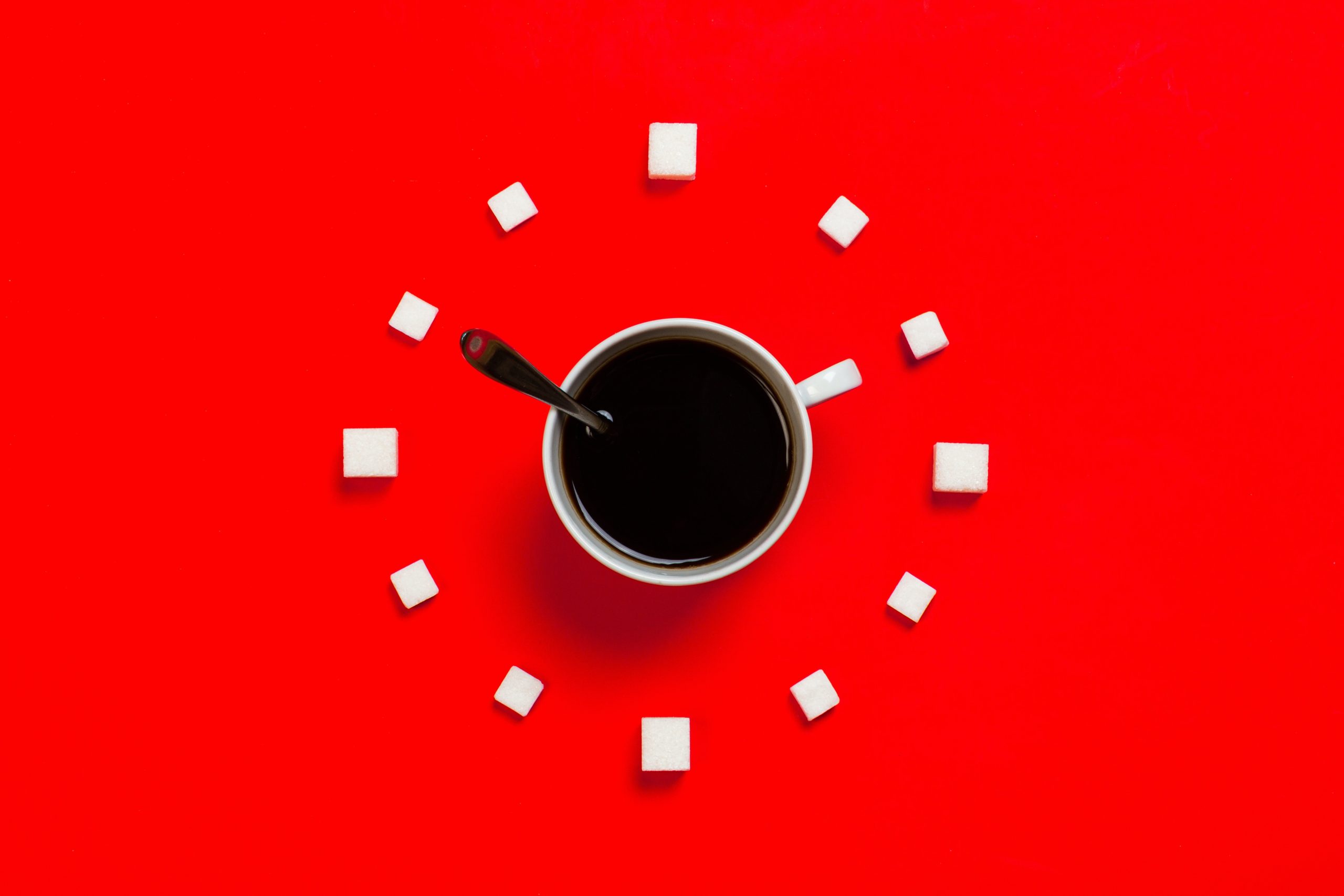Looking for a solution that zaps procrastination and keeps me focused
My desk and a corner of my kitchen island are awash with a colorful mix of Post-It Notes and slips of paper that contain my hopes and dreams, needs and wants, life goals, and grocery lists. Most of the Post-Its are intended to be “To Do Lists” that are supposed to raise my output to new heights and make me appear incredibly productive and organized to the outside world.
If I’m being honest: most of the notations on those notes never came to fruition.
At least 41% of tasks on to do lists are never completed
We’re all hiding that we are unproductive or don’t get a lot of things done. Feel a little better? Your friend or colleague that seems to get so much done may be hiding this dirty little secret too.
A few more statistics about To Do Lists:
- 50% of completed to-do items are done within a day.
- 18% of completed to-do items are done within an hour.
- 10% of completed to-do items are done within a minute.
- 15% of “dones*” started as to-do items.
*Wait. What? You know those tasks that we add later in the day just so we can cross them off? (I do it too.) The other 85% can also come from unexpected interruptions to your day. Phone calls, meetings, emails, can all derail the best planning and intentions.
A To Do List Is Just One Piece of the Productivity Pie (Mmmm… Pie…)
Depending on how you work best, organize and plan, a To Do List could be your best weapon in the quest for productivity or it could be a waste of your time.
For me, a To Do List is the best weapon to manage my ability to be easily distracted and sometimes forgetful. But am I making effective Lists? (No.)
Are they really helping, or just making me feel like my day is well organized and planned out? (Yes.)
Do I need to find a better solution if I am determined to use a To Do List? ABSOLUTELY.
Am I still thinking about pie? (Totally. Apple topped with vanilla ice cream.)
To Do Lists Are Really Just External Memory Aids
To Do List creators, like myself, need to start with taking the pressure off of our Lists. Looking at the statistics above, I can see that I am not managing my expectations of what I am capable of doing and the reality of life. If I’m going to be realistic, my day is going to get interrupted with emergency meetings, unexpected phone calls, urgent emails that demand quick responses, family, sick pets … any number of things could throw me off course.
This doesn’t mean I wrote a bad list, but I can’t predict the future and what will happen during my day.
Unfortunately, when these unexpected things happen and prevent me from completing my List, I’m still thinking about the tasks and goals on that List and beginning to stress about them not getting completed.
So I Tested Some New Ways to Create Effective And Productive To Do Lists
Before I started looking for solutions, I asked myself about the ultimate goal(s) of my To Do List. If it’s really going to make my life easier it needs to:
- Keep me from procrastinating
- Help me account for and schedule my day
- Realistic and manageable if my schedule gets interrupted
OPTION #1: The Short List
This version of a To Do List can’t be longer than three to four tasks. I can have a longer, more detailed To Do List and list of goals that I can pull from to populate my Short List, but the daily To Do List cannot be longer than three or four tasks.
The idea behind this list is that long or overstuffed To Do Lists can cause worry and negative thoughts. Psychologists Robert Emmons and Laura King discovered that the worry that results from having too many conflicting goals causes our productivity as well as our mental and physical health to suffer.
To help me keep this List short, I use a Post-It Note so that I can’t overstuff it.
Pros:
- It’s short and sweet.
- It forces me to be specific.
- Since I can only pick 3 or 4 tasks, I have to prioritize and be cut throat about what is important enough to make The Short List
Cons:
- It’s short, so I don’t feel like I am tasking myself with enough.
- There isn’t room for details or “sub tasks.”
OPTION #2: The 1-3-5 List
The 1-3-5 List is a To Do List that is made up of:
- 1 Big Thing
- 3 Medium Things
- 5 Small Things
What constitutes “small,” “medium,” or “large” things? This is subjective. A “Big Thing” could be reorganizing a kitchen cabinet. A “Medium Thing” could be returning a certain number of emails or phone calls. And, a “Small Thing” could be picking up dry cleaning.
This concept allows you to mix and match small and large tasks based on your schedule and preferences.
Pros:
- It forces me to define and be realistic about how much a time a task will take or how much effort it will take to complete it.
- The number of tasks make me feel like I can plan to get several things done.
- If my day goes haywire, I can reprioritize and manage my expectations to complete only Small Things.
Cons:
- Depending on what the Big Thing is, I may be prone to procrastinate it.
- I could overwhelm myself with too many tasks.
OPTION #3: The Schedule and Priority Dependent List
This To Do List is based on my daily schedule and life/daily priorities. I make this list as I look over my plans for the day or when I am feeling anxious about a day or time period that has what seems like a million tasks that need to be done. Even if the list turns out to be a long one, seemingly impossible, I feel less stress just getting the List out of my head and down on paper.
Pros:
- Tasks are usually tied to a schedule and prioritized, so there is less chance I will procrastinate.
- Tasks are tied to my daily goals and activities, so I feel more organized and productive.
- There is less chance
Cons:
- The List can get long. Too long. Then, I get overwhelmed and unfocused.
- The List doesn’t allow much flexibility if something in my day doesn’t go as planned.
Here’s What I Learned
How I write tasks on my To Do List matters as much as how many tasks or the format of the beloved To Do List. Tasks need to be written as actions, which will force you to be more specific about what you ask of yourself. Each task needs to be written in a way that tells you how to proceed immediately, rather than give you a moment to pause.
Examples:
- Original statement on my list: Update spreadsheet.
- Rewrite with action: Enter receipts on travel budget spreadsheet.
- Original statement on my list: Sign up for class.
- Rewrite with action: Sign up for Blog Writing 101 on XYZ.com .
It’s not that pausing is bad, but in that moment, you could decide it’s too much work to follow through with the task, you may not remember what you were actually supposed to do or who to talk to, or you could morph the task into a less productive activity.
When goals and tasks are broken down into actionable steps, it takes less effort, energy, and time to cross those smaller tasks off the list.
Another strategy to writing more effective To Do Lists, is writing your tasks as “If/Then” statements. Using this format will define not only what you need to do, but also decide when and where you will do it.
It also keeps you from missing out on opportunities because you were preoccupied with other work. Using these statements is most effective when pairing with your calendar so that you can allocate your time and know when you need to make a hard stop in order to not miss out on other important tasks.
Example:
Let’s say you aren’t sure how you will feel after a meeting that is scheduled to last all morning. Your lunch hour is free. How will you use that time?
- If I have a lot of energy, then I will take a walk at lunch.
- If I don’t have a lot of energy, then I will take a power nap at lunch.
It’s Your List
I ended up using a combination of the methods I mentioned above to find my effective To Do List format. Be willing to try new ideas to find out what makes you most productive. More importantly, rely on methods that are sustainable for your personality and interests.
Did someone say pie?





